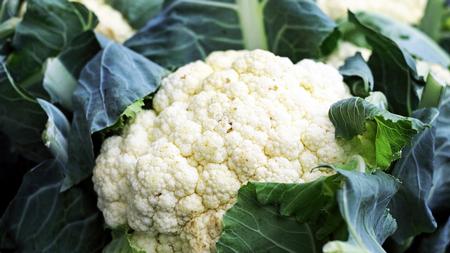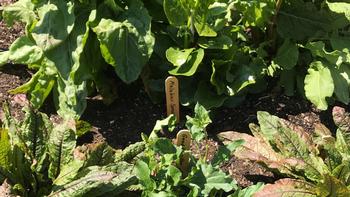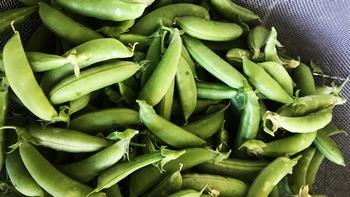News from the Edible Demo Garden
November 2022: Fall Garden Activity

As in the spring, conditioning the soil has high priority. When the warm season plants finished production, they were consigned to the compost bins where they will decompose and eventually be returned to the garden. To replace the nutrients used up by the summer crops, compost and amendments were added to the vacant beds in preparation for the new seeds and starts. The area known as the “back forty”, was cleared and prepared for planting field peas and vetch. These cover crops will help to improve the soil structure and increase fertility by adding organic matter. They will also prevent the overgrowth of weeds and reduce erosion.
Growing a Winter Garden

- Cool season crops grow best when air temperature is 55-75 degrees and soil temperature is about 40 degrees. When soil is cooler, plant growth slows.
- Day length and sun exposure also determine the rate of plant growth. Shorter days and less sun result in decreased photosynthesis and slower growth.
- Timing is important. Plants need some time to grow before the weather turns cold. Microclimates can make a difference in determining the best planting time. The sunnier and warmer the location, the later in the fall a winter garden can be planted.
- Frost is more damaging than cold weather alone. If frost is likely, it is best to choose tolerant varieties or plan to provide protection.
- Containers and raised beds can extend wintertime planting and allow for more plant choice options.
Find more information about planting times on this website.

- Leafy greens - arugula, spinach, Swiss chard, lettuces, and kale
- Root crops - carrots, beets, and radishes
- Brassicas - broccoli, cauliflower, and cabbage
- Legumes – peas
- Alliums – onions, garlic, and leeks
Information about the varieties of these cool season crops that grow well in Marin can be found here.
Varieties of cool season crops recently planted in the Edible Demo Garden include ‘Touchstone’ beets, ‘Bilko’ cabbage, ‘Tatsoi’ greens, and ‘Easter egg’ radishes.
